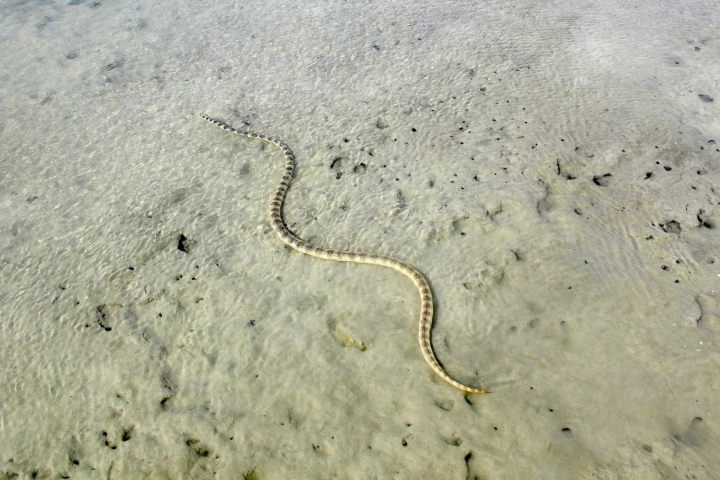Snakes
-
It's that time of year – and my personal favorite corner of science to look back on – when we recap the many fascinating discoveries in the plant and animal kingdom in 2025. Orcas have again made news, but no luxury yachts were hurt in the process.
-
Ultra-slow-motion footage has revealed that snake strikes aren’t the simple, lightning-fast stabs we imagine. Instead, each deadly family has evolved its own sinister, precision method for delivering venom in just milliseconds.
-
Over the course of 18 years, a truck mechanic from Wisconsin injected himself with snake venom hundreds of times. His actions were considered stunts by some over those years, but his blood has just helped lead the way toward a universal antivenom.
-
Pythons have famously cartoonish eating habits, and they might be even better at it than we thought. A new study has found that Burmese pythons can eat even larger prey than was thought mathematically possible.
-
The discovery of a quartet of fossilized snakes, a never-before-seen species of boa that lived 38 million years ago, has provided scientists with a rare insight into reptilian social behavior and provided clues about the evolution of its modern ancestors.
-
You may not want to meet a live one, but would you swap out steak for snake? These 'danger noodles' have been tabled as a high-protein, low-fat food source, and a more sustainable meat option. It sure changes the meaning of the phrase 'snake bite'…
-
Danish scientists have developed an origami snake robot that could one day search for survivors at disaster sites, or even explore other planets. The device moves via rectilinear locomotion, just like real snakes often do.
-
A universal snake-bite antivenom is within reach, with scientists making an antibody that protects against lethal strikes from a range of elapids. No snakes or ‘donor animals' were needed to produce the antivenom, making it sustainable and scalable.
-
While we all know it's a dog-eat-dog world, so to speak, an Australian snake species has taken the suggestion of cannibalism very literally and has been captured consuming a smaller, and very unlucky, version of itself.
-
Researchers discovered the world’s first case of a new human parasitic infection, pulling a live roundworm from a woman's brain. They say the case highlights the risks posed by zoonotic diseases caused by pathogens that jump from animals to humans.
-
Burmese pythons are famously known for being capable of swallowing pigs whole, but you have to keep in mind, the snakes themselves are pretty darn big. When it comes to snake-to-prey-size ratio, however, nothing beats the Gans' egg-eater.
-
Most snakes can only see the colors blue and green, along with ultraviolet light in some cases. New research, however, suggests that sea snakes have evolved to actually regain the wider-color vision of their earliest ancestors.
Load More











